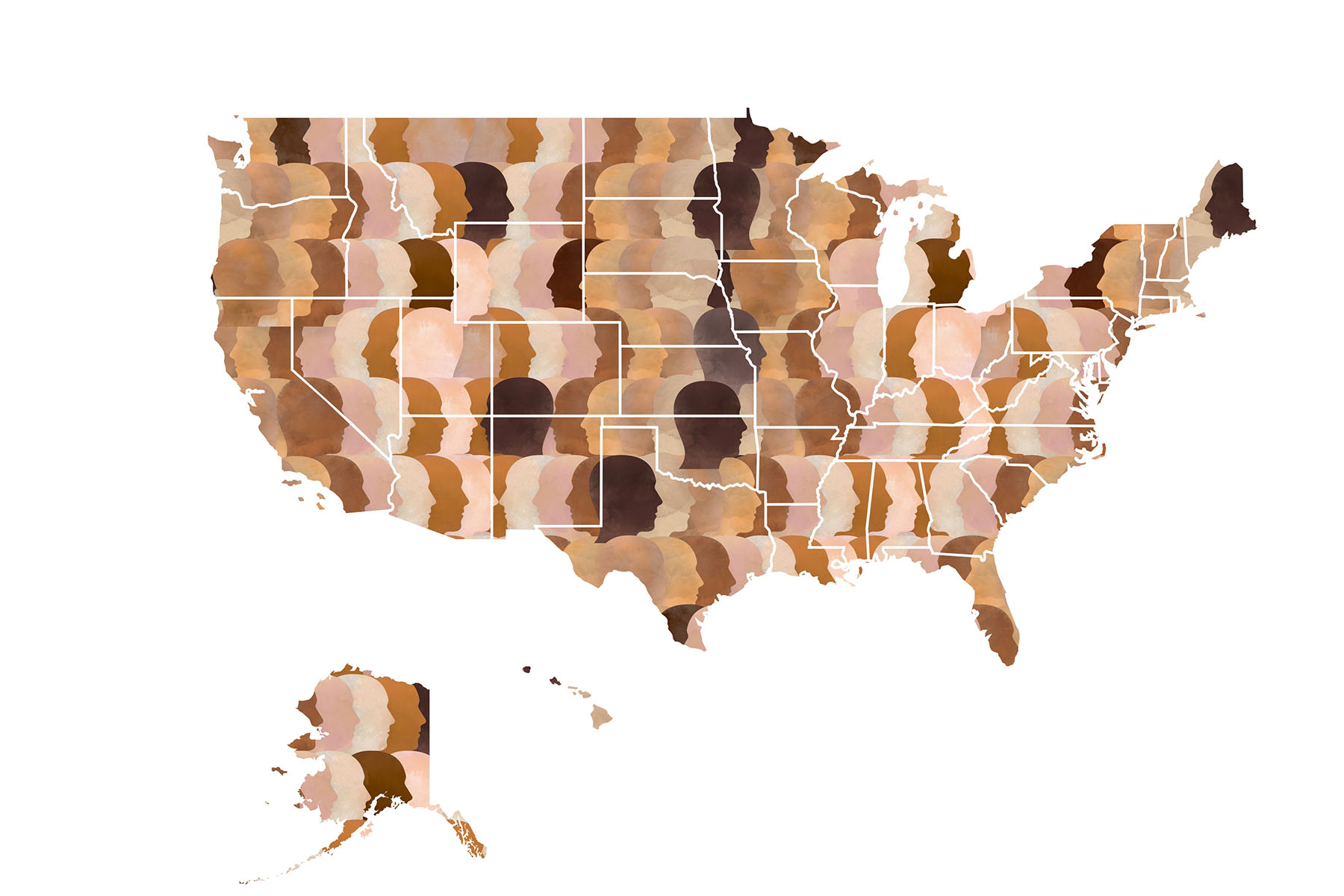Health marketers learned many valuable lessons during the pandemic. Above all was the importance of delivering the right information to diverse groups in an age of misinformation and inequitable distribution of care.
Health marketers have a responsibility to move away from homogenous media plans that assume the general population can be targeted and reached in broad, sweeping strokes. One fast-growing group in particular that requires a patient-centric and culturally relevant approach to marketing is the Hispanic audience, which is extremely diverse. Being Hispanic does not preclude someone from also identifying as Black, white, or Asian.
Marketing to Hispanic audiences is not new, this has been an important and growing demographic for decades. But our understanding of how this audience accesses health information and care has become more nuanced, and the stakes are increasingly high in terms of brand outreach and health outcomes.
By truly understanding the unique dimensions of this community and reaching them where they are to best deliver information, health marketers can increase engagement and help improve patient outcomes amongst the Hispanic population.
Evolving Demographics
The patient landscape continues to evolve. Ethnic and/or racial groups comprise 100% of U.S. population growth, while 50% of U.S. born babies are non-white. Projections show that by 2030, the population will feature a 50% racial and ethnic majority. The Hispanic population makes up a huge percentage of this diverse population growth. By 2026, the U.S. Census estimates 69.7 million Hispanics will be in the U.S., an increase of over 21% compared to 2016, as growth in the Hispanic population far outpaces growth in the non-Hispanic population and overall population growth.
The consequences for the health industry are huge—especially considering the Hispanic population is traditionally considered a “healthcare powerhouse.” Studies show that 1 in 3 desire more health and nutrition information, over 50% are more likely to find info from pharmaceutical companies to be credible, and 83% of Hispanics have health insurance.
By all metrics, this audience is active in managing their health: 90% practice self-care on a regular basis, 40% conduct their own research before seeing a doctor, 81% are actively trying to improve their health and 46% will “pay anything” when it concerns health.
Meanwhile, the Hispanic population also has significant buying power. According to the University of Georgia’s Selig Center for Economic Growth, Hispanic buying power reached $1.9 trillion in 2020—that’s 87% growth over the past decade, compared to a 55% increase in overall buying power over the same time.
Combine all those factors and it is easy to see why health marketers should strive to connect at a higher level with the Hispanic population.
Building the Right Relationships
Connecting with the Hispanic population means communicating with them in-language and in-culture. According to Mintel’s Hispanics and American Culture and Identity study, 54% of Hispanics agree speaking Spanish is important to them, with similar percentages when stratified by different age groups. Meanwhile, 78% say that they are proud of their roots. Thus, it should be no surprise that Hispanics are highly responsive to Spanish DTC advertising. Roughly 62% prefer healthcare information resources in Spanish, while 67% say their cultural heritage influences their purchase decisions.
The result: Among the Hispanic population (18 or older), pharma ads are significantly more effective in Spanish than in English when measuring ad, brand and message memorability, and likeability.
In a Media Predict study that tested two versions of an autoimmune Rx creative advertisement that differed by language, the Spanish version far outperformed the English version. The Spanish version had a 27% higher brand opinion and 83% higher intention to ask a doctor about the Rx.
By creating ads and campaigns that are representative, both in regard to language and culture, health marketers can unlock lasting relationships with Hispanic audiences. It requires care—such as the introduction of culturally relevant themes and cues without reducing the population to stereotypes, or the selection of appropriate tone and style—but is a worthwhile investment for health marketers and brands.
The Benefits of an Inclusive Marketing Approach
One immediate benefit of inclusive marketing—helping bridge barriers with healthcare providers. A study of Hispanic patients’ U.S. healthcare experiences found that lack of perceived quality interactions with doctors, nurses, and office staff made participants feel disrespected, dissatisfied, and question the quality of care that they received.
Health marketers can reduce some of that dissonance through cultural and in-language support, such as creating new print materials to ensure documentation and instructions provided are in the patient’s primary language while creating space to note preferences in receiving materials, as many Hispanics prefer printed materials such as coupon cards and patient brochures over digital downloads.
Marketers can also provide additional support in other forms including by providing health outreach and educational sessions in Spanish. Or they can find and share health information that has already been accurately translated into Spanish. They can also help individuals access and understand local, state, and government resources.
One key tactic is to reach and engage “promotores” or “promotoras de salud”—trusted individuals who empower their peers through education and connections to health and social resources in Spanish-speaking communities. Pharmacies in particular are effective sources of information in part due to their prevalence in Spanish-speaking countries. While Hispanics are more likely to postpone or delay an HCP visit, they may be more open to seeking alternative sources of care whether it’s at a retail clinic or at a pharmacy.
By targeting these respected and knowledgeable figures, marketers can reach a broader, more diverse audience through word of mouth and reputation. Often, these figures can be the head of families—which is key to reaching the rest of the family, as 68% of Hispanics say that their family is involved in their healthcare decisions. This also applies to multigenerational households that rely on the bilingual millennial generation as caregivers and translators. These caretakers are likely to be deeply involved in healthcare decisions for others in their family.
As the country’s demographics change, it’s important for health marketers to adjust their approach. By practicing inclusive marketing techniques with diverse groups like the Hispanic population, health marketers can create real, tangible change in the form of better patient outcomes, enhanced access (and utilization) of crucial health information and resources, and meaningful, longer-lasting connections with patient audiences.









